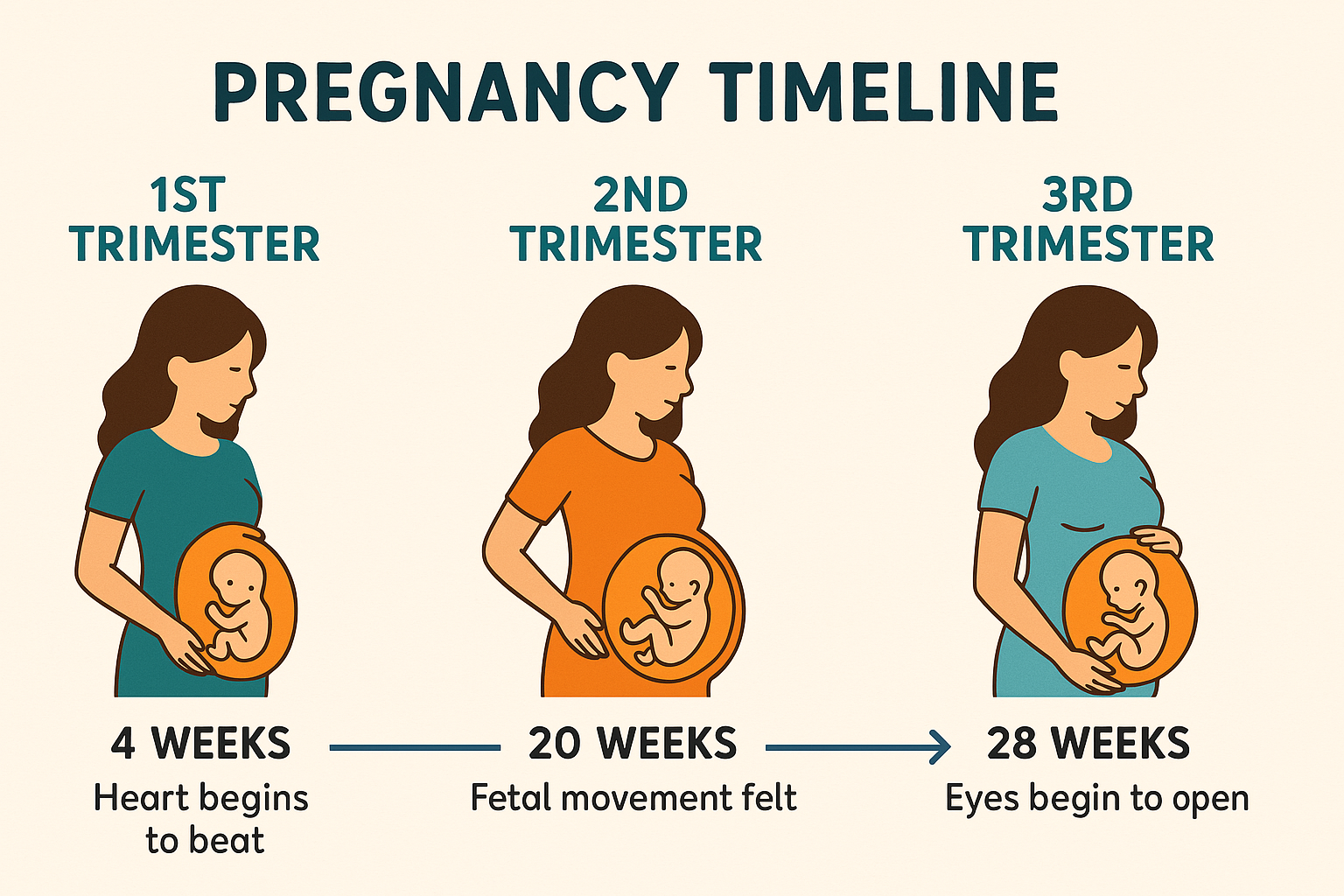Understanding and Using a Due Date Calculator
Understanding your EDD is crucial for planning everything from prenatal appointments to preparing your home and taking leave from work. Let's explore how these calculators work and what you need to know.
What is the Process of Ovulation?
A Due Date Calculator, sometimes called a pregnancy calculator, is a simple tool that estimates the day your baby might be born. It uses specific information about your menstrual cycle or conception to predict a date approximately 40 weeks (or 280 days) from the start of your pregnancy.
How Do Due Date Calculators Work?
Most online due date calculators use one of primary methods:
- How it works: It calculates your EDD based on the first day of your last menstrual period. The standard calculation (based on Naegele's rule) involves adding 280 days (40 weeks) to the first day of your LMP. A simpler way to think about it is: LMP Date + 1 Year – 3 Months + 7 Days.
- What you need: The date your last period started.
- Assumption: This method assumes a regular 28-day menstrual cycle with ovulation typically occurring around day 14. If your cycles are longer or shorter, the calculator might allow adjustments, or your doctor may refine the date later.
- How it works: It calculates the EDD by adding 266 days (38 weeks – the average length of gestation from conception) to your known conception date.
- What you need: The specific date of conception.
Why Use a Due Date Calculator?
Knowing your estimated due date offers several benefits:
- Planning: Helps you schedule prenatal appointments, plan maternity/paternity leave, and prepare the nursery.
- Tracking Development: Allows you to follow your baby's weekly development milestones.
- Medical Monitoring: Gives your doctor a timeline to monitor your health and the baby's growth.
- Emotional Connection: Having a target date can make the pregnancy feel more real and help you bond with your growing baby.
Important: It's an Estimated Due Date Calculator
Remember, the EDD is just that – an estimate! Very few babies (only about 4-5%) are actually born on their exact due date. Factors influencing the actual birth date include:
- Irregular menstrual cycles.
- Uncertainty about the exact LMP or conception date.
- Individual variations in pregnancy length.
- Multiple pregnancies (twins, etc.).
A full-term pregnancy can range from 38 to 42 weeks. Your EDD falls right in the middle at 40 weeks.
What to Do After Getting Your EDD?
Your estimated due date is the first step. The most important next step is to schedule an appointment with your healthcare provider (doctor or midwife). They can:
- Confirm your pregnancy.
- Discuss your health history.
- Perform initial tests and potentially an early ultrasound to confirm or refine your EDD.
- Set up your schedule for prenatal care.
A due date calculator is a fantastic tool for expectant parents, providing a valuable glimpse into the future and helping you prepare for your little one's arrival. Use it as a guide, stay informed, and enjoy the incredible journey ahead!
Disclaimer: A due date calculator is an informational tool, not a substitute for professional medical advice. Always consult with your healthcare provider for accurate dating and guidance throughout your pregnancy.
Personalized Due Date Predictions
Our calculator analyzes your unique cycle patterns for accurate results
Calculate Due Date


